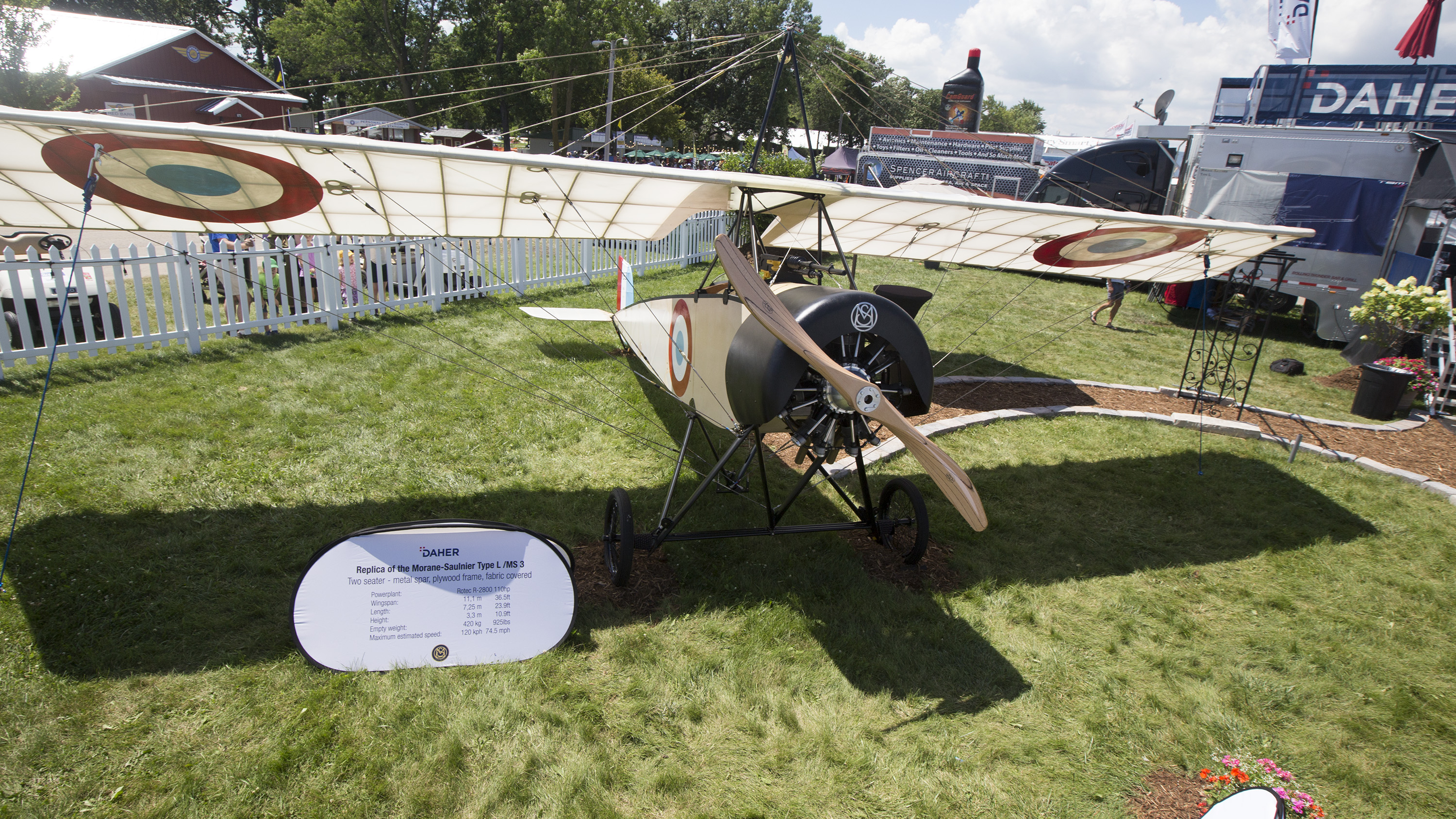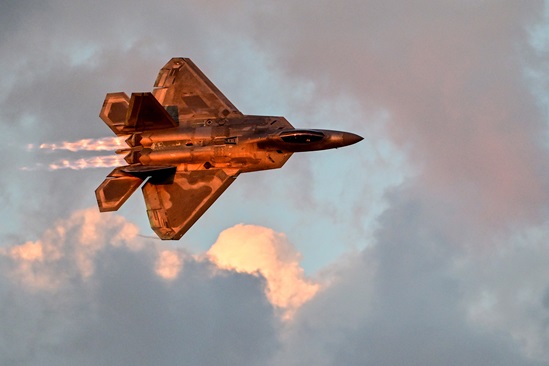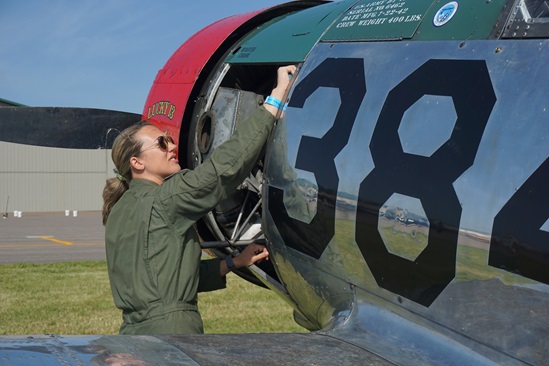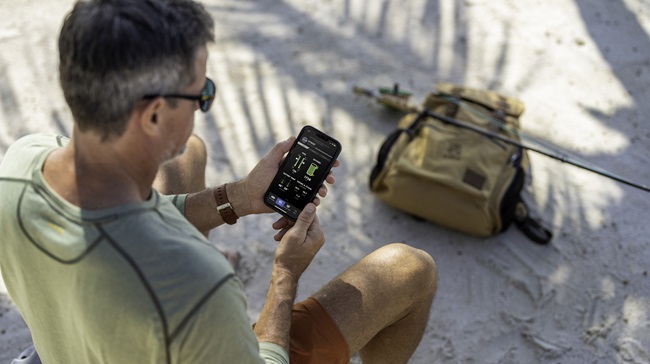Wings of diplomacy
Daher displays Morane-Saulnier Type L in celebration of French-American involvement in World War I
Daher may build the speedy TBM 910 and 930, and supply Airbus with parts for the giant A380, but the family-owned company’s roots go back to a time when wood and fabric ruled the skies. The aerospace manufacturer is celebrating that heritage during EAA AirVenture in Oshkosh, Wisconsin, by displaying a Morane-Saulnier Type L.
The Type L first flew in 1913 and trained thousands of Allied pilots, more than 1,000 of whom were American aviators who had to rely on France and its early aviation advances. A group made mostly of retired engineers from Daher have been working on the reproduction of the Type L for more than a year, and they have plans to fly it in the coming months.
But the biggest difference is the engine. A Rotec radial hangs up front, replacing the original 80-horsepower rotary engine. Stephane Jacques is Daher’s lead test pilot on the TBM, and he’s been drafted to do the test flying for the Type L. Jacques said the team decided to go with the more modern Rotec because of reliability and availability of parts.
From turboprop to traditional trainer
Jacques learned to fly in the French Air Force, and became a test pilot for the French government. Now he flies TBMs, testing new panels, airframe modifications, and engine upgrades, none of which would seem to prepare one for the challenge of flying an airplane designed more than 100 years ago with no ailerons.
“You proceed step-by-step in the same way,” he said. “You learn to trust your engine with run-ups and then the flight controls.” With no data to verify with flight testing, as the team is accustomed to, they are finding creative ways to ensure the process is safe. Jacques said they’ll partially rely on old films of the Type L to ensure the controls are warping the wings enough to be effective.
From there the team will do taxi tests and then some basic flight testing. In the meantime Jacques is going to reacquaint himself with tailwheel flying. You can put Jacques in the wheel landing camp. He said the higher landing speed will provide better control on the no-doubt unstable airplane. Despite not being ready to fly for a number of months, it’s easy to see that Jacques is excited to bring the Type L back to the skies. “It’s another way to fly, another way to feel the air,” he said.




